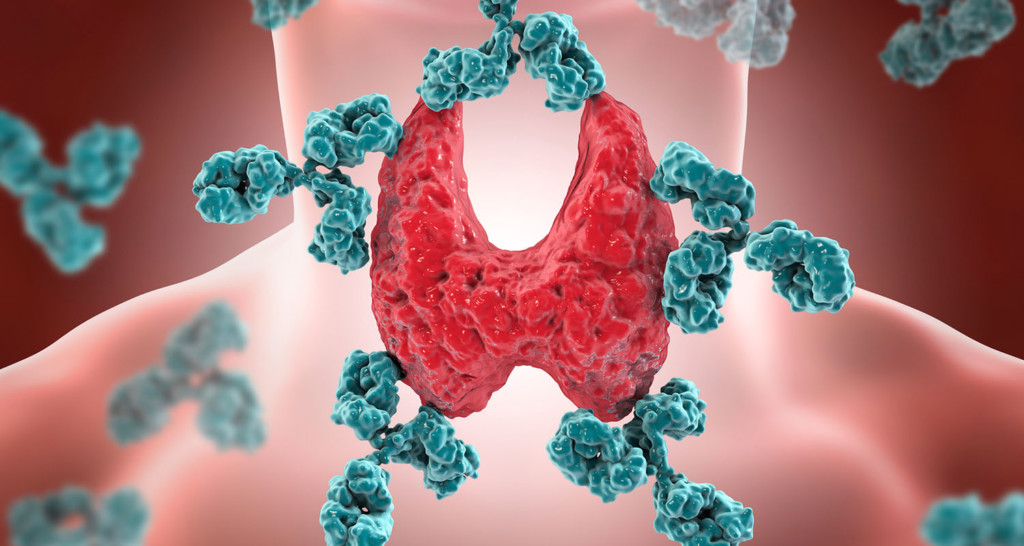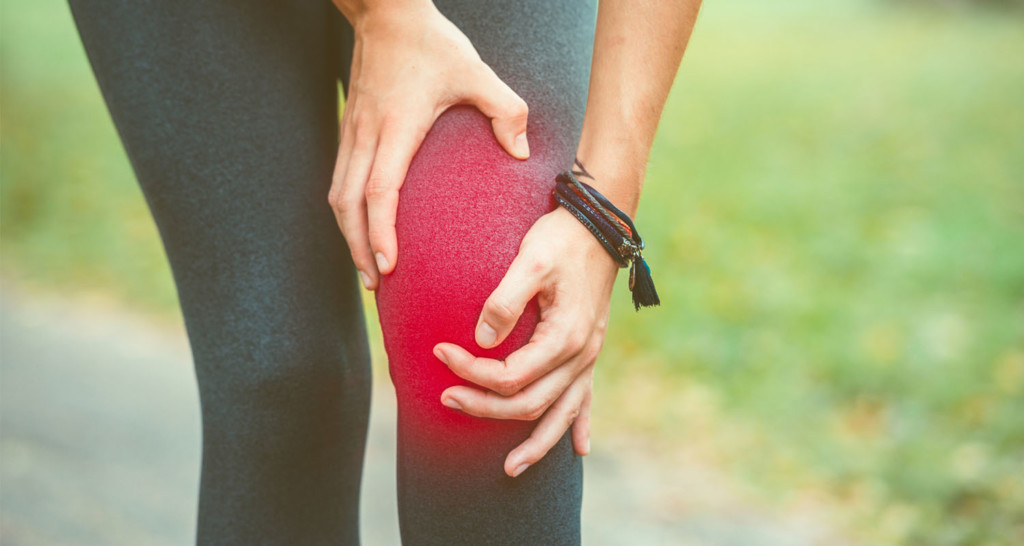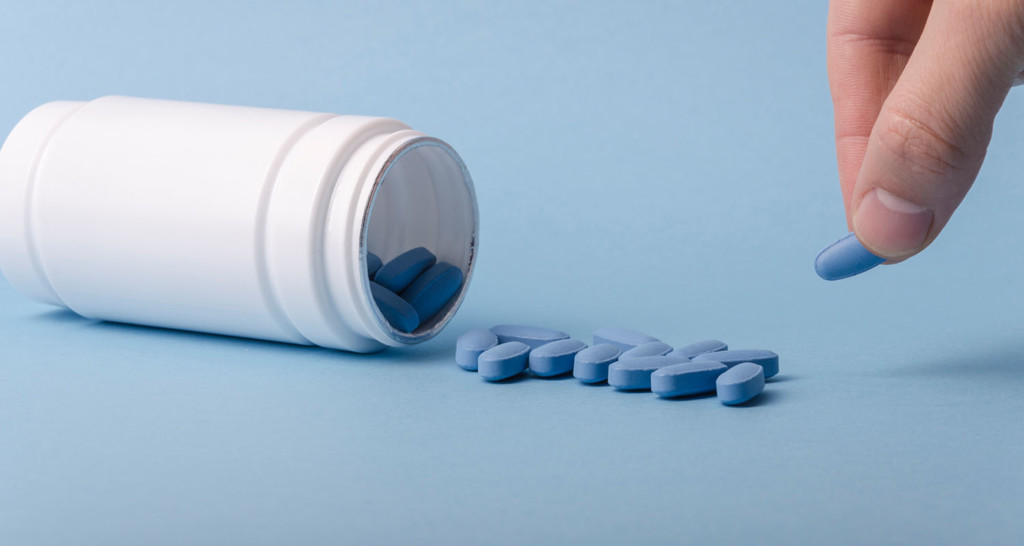[tldr]
- The ingredients in Bulletproof Coffee can make a powerful (and effective) hair mask.
- Coffee is a great hair rinse to promote shiny tresses, and caffeine encourages new hair growth. Coffee grounds are the ultimate whole-body exfoliant — and they smell great.
- Brain Octane Oil is a type of MCT oil sourced from coconuts, and it’s a great moisturizer for your strands and scalp.
- Grass-fed ghee isn’t just great for your diet. It’s also a vitamin-packed hair mask treatment for deep conditioning.
[/tldr]
Bulletproof Coffee isn’t just a powerful way to upgrade your morning routine. You can also use that supercharged combo of high-quality coffee beans, Brain Octane Oil, and grass-fed ghee (or butter) as a restorative hair mask treatment for shiny, luscious hair that looks as great as you feel.
You can either use Bulletproof Coffee as a stimulating hair mask, or you can use the ingredients separately to exfoliate your skin, rinse your hair, and enjoy silky-smooth tresses in time for fall weather.
Here’s everything you should know about how to use Bulletproof Coffee as a hair mask. Treat yourself to a relaxing night of self-care — you deserve it.
Bulletproof Coffee hair mask
The ingredients in Bulletproof Coffee are meant to be blended together because blending breaks the fats into small droplets that bind to caffeine molecules.
That’s great for upgrading your morning cup of java — and it’s also an effective way to help your hair soak up all of that moisturizing goodness and stimulating caffeine. Who knew?
Try this hair mask to moisturize your tresses and encourage hair growth.[ref url=”https://onlinelibrary.wiley.com/doi/abs/10.1111/j.1365-4632.2007.03119.x”] Heads up: Although Bulletproof Coffee can be made with grass-fed butter, you should use ghee on your hair. It’s more stable and won’t clump like butter.
Also, soaking your head in coffee will darken your hair color. If you have blonde or red hair and don’t want to dye it, you can still benefit from an apple cider vinegar rinse. For other moisturizing treatments that don’t involve coffee, keep reading.
How to do it
- Follow the Bulletproof Coffee recipe: Brew 1 – 2 cups of coffee. While it’s hot, blend with 1 tsp – 2 Tbsp Brain Octane Oil and 1 – 2 tsp of grass-fed ghee. The shorter your hair, the less coffee, Brain Octane Oil, and ghee you need to use.
- Let the coffee cool completely. You might need to blend one more time to combine the cooled fats. Then, fully saturate your hair. (Pour slowly.)
- Comb the mask through your hair to evenly distribute it through your strands.
- Leave it in for at least 20 minutes. Rinse it out and follow with your normal shampoo.
Bulletproof Coffee is a wonderful conditioning hair mask, but you can use these ingredients separately, too. Here’s how.
Black coffee rinse for shiny hair
For shiny, silky locks, rinse your hair with black coffee. The outer layer of your hair consists of overlapping scales called cuticles, which strengthen and protect the shaft. A flat cuticle helps your hair reflect more light, which makes it look shiny. Because coffee has a low pH level, it can help the cuticle lay flat and reduce frizz better than water alone.[ref url=”https://www.ncbi.nlm.nih.gov/pmc/articles/PMC4158629/”]
How to do it
- Brew 2 – 4 cups of coffee and let it cool completely. The longer your hair, the more coffee you should brew to fully saturate your strands.
- To use the coffee as a rinse, pour the coffee over freshly washed hair. You can also let it sit in your hair for 20 minutes as a deep-treatment mask.
- Rinse it out and style as usual.
Coffee ground hair mask for exfoliation and hair growth
This recipe is great for your hair, but you can also use it on your entire body. Leftover coffee grounds are rough enough to exfoliate your skin without damaging the surface. Plus, they smell great.
Exfoliating your scalp helps gets rid of dead skin cells, and caffeine stimulates your hair follicles, which can promote hair growth. If you’re dealing with hair loss, check out this article for more tips to regrow hair naturally.
You’ll notice this recipe features a dash of Brain Octane Oil. This is a powerful type of MCT oil that’s distilled from 100% pure coconut oil. It moisturizes the skin without clogging your pores like coconut oil can. You can also use it as a shaving cream or makeup remover. Learn more about the benefits of MCT oil.
How to do it
- Mix leftover coffee grounds with 1 tsp Brain Octane Oil. Optional: Add 2 – 3 drops of peppermint oil.
- Add enough water to make a thin paste. Gently massage it into your scalp, then work it through your strands.
- Let the mask sit for 5 – 10 minutes, then rinse with warm water. Rinse again with cold water at the end to lock in shine.
Heads up: coffee grounds can clog your drain over time. Only do this occasionally and invest in a fine mesh sink strainer for your drain.
Brain Octane Oil conditioner for dry, frizzy hair
This simple recipe consists of just one ingredient: Brain Octane Oil. Unlike hair masks you might find at your local drugstore, Brain Octane Oil won’t strip your hair of its natural oils. Instead, it’ll moisturize your scalp and smooth your strands for shiny, happy hair.
The steps below are intended as a conditioning treatment one to two times per week. For daily use, Brain Octane Oil is light enough to smooth your strands in place of your regular hair oil. Just use a small, nickel-sized splash, depending on your hair length. Remember, a little goes a long way.
How to do it
- Gently massage 1 – 2 tsp Brain Octane Oil into your scalp and work it through your strands. Use more if needed.
- Leave the oil on for 5 – 10 minutes. For a deep treatment, cover your hair and leave the oil in overnight.
- Wash it out with your favorite natural shampoo. Bask in shiny, moisturized tresses.
Ghee hair mask for ultra moisturizing
Ghee is a clarified form of butter. Grass-fed ghee is a favorite in the Bulletproof Diet because it’s packed with vitamins, virtually dairy-free, and tastes delicious. And when it comes to your hair, ghee reigns supreme as a luxurious, moisturizing hair mask that has its roots in indigenous Ethiopian hair treatments.[ref url=”https://academicjournals.org/journal/AJFS/article-abstract/2B0B62663349″] Use it to moisturize your scalp and strands one to two times per week.
Related: Ghee vs. Butter: Which Is Best?
How to do it
- Apply 1 – 2 Tbsp of room-temperature ghee to your hair. Optional: If you just want to smooth split ends, apply a pea-sized amount to the ends of your strands.
- Leave it on for at least 30 minutes.
- Wash it out with your favorite natural shampoo.
Have you ever rinsed your hair with coffee or put ghee in your scalp? Share your experience in the comments.
Looking for more natural (and effective) swaps to upgrade your grooming routine? Check out this list of the most important natural beauty swaps to make this year.



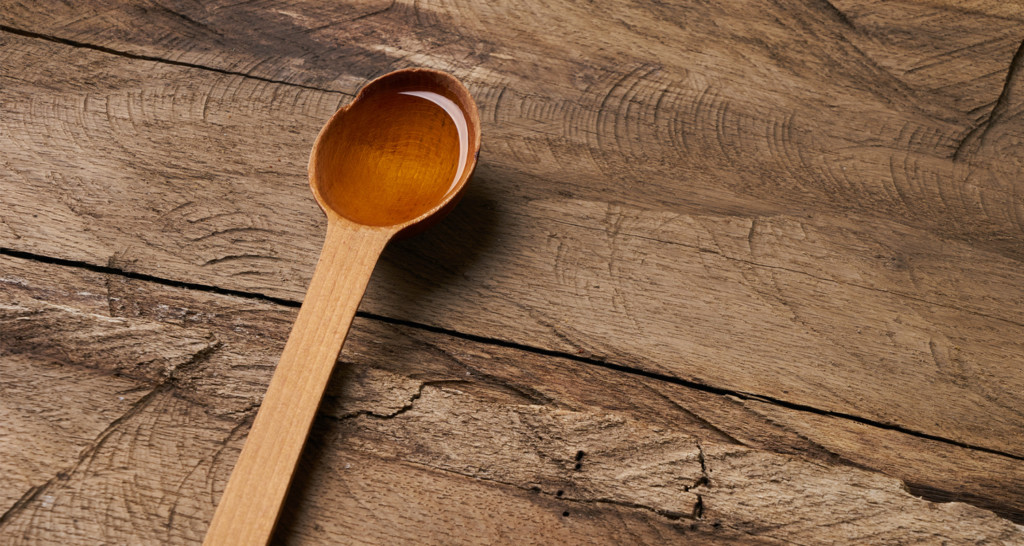


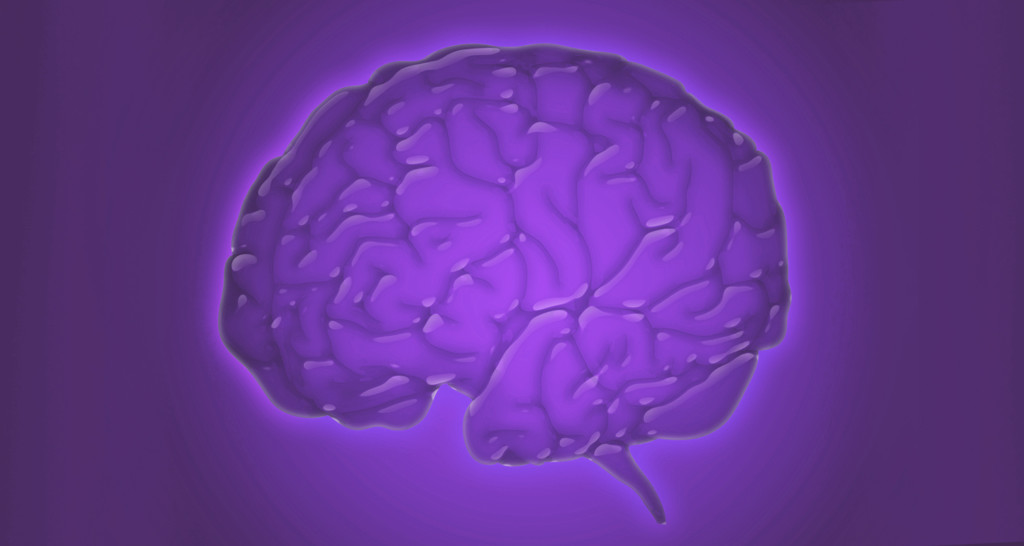
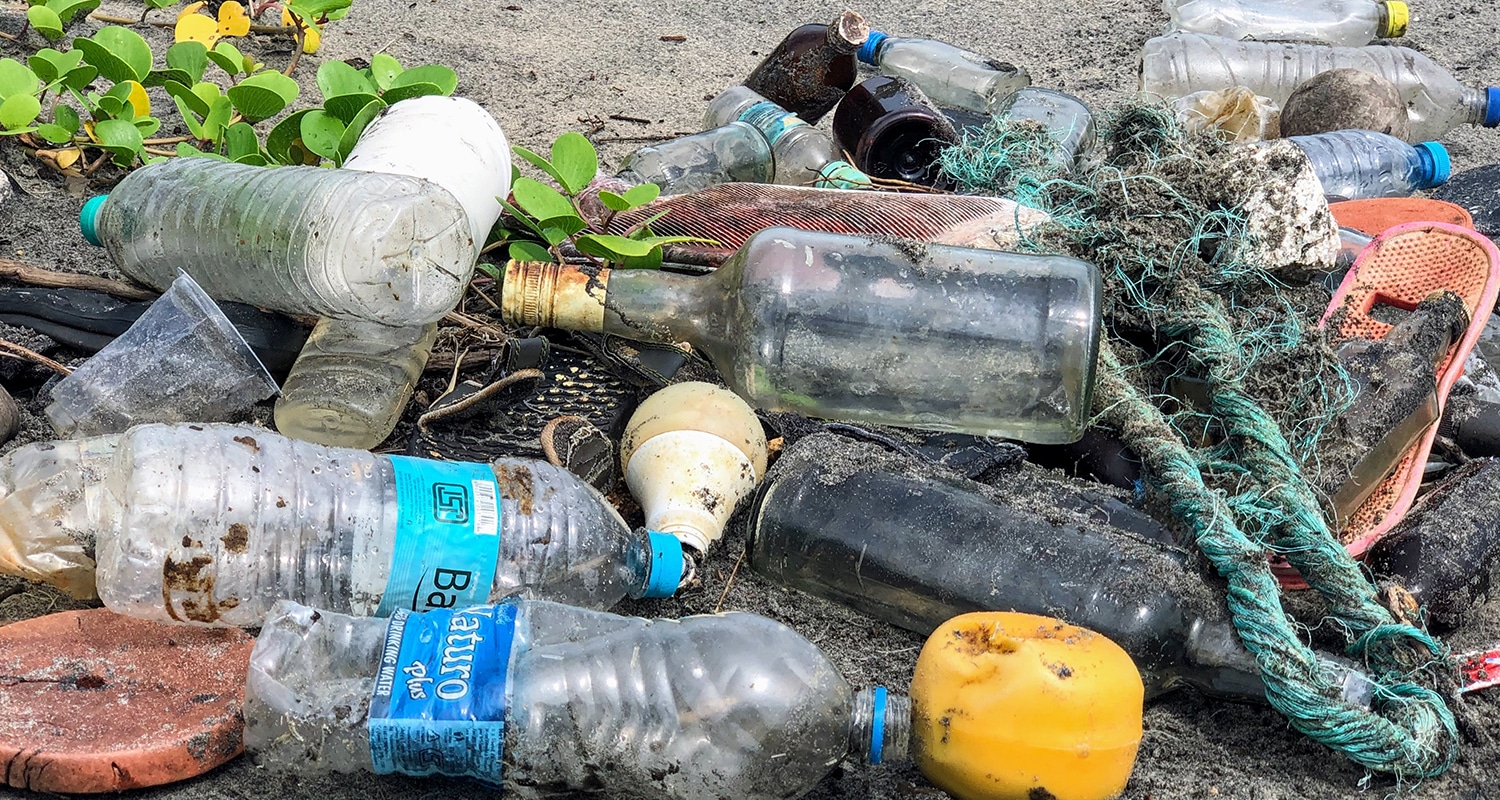 When you eat fish, you’re also consuming all of the pollutants the fish is exposed to, including a pollutant known as dioxins. Dioxins are a type of toxin that’s commonly released by incinerating trash. They tend to be stored in the fat tissue of animals, which is why 90 percent of human dioxin exposure is through food.[ref url=”https://www.niehs.nih.gov/health/topics/agents/dioxins/index.cfm”] While dioxins are found in wild salmon too, research indicates that dioxin and dioxin-like compounds are found in higher concentrations in farmed salmon than wild-caught salmon[ref url=”https://www.ncbi.nlm.nih.gov/pmc/articles/PMC1257546/”][ref url=”https://academic.oup.com/jn/article/135/11/2639/4669888″] to a potentially dangerous degree. Dioxin exposure has been linked to type 2 diabetes, heart disease, infertility, immune system and hormonal issues.[ref url=”https://www.niehs.nih.gov/health/topics/agents/dioxins/index.cfm”][ref url=”https://www.ncbi.nlm.nih.gov/pmc/articles/PMC1257546/”]
When you eat fish, you’re also consuming all of the pollutants the fish is exposed to, including a pollutant known as dioxins. Dioxins are a type of toxin that’s commonly released by incinerating trash. They tend to be stored in the fat tissue of animals, which is why 90 percent of human dioxin exposure is through food.[ref url=”https://www.niehs.nih.gov/health/topics/agents/dioxins/index.cfm”] While dioxins are found in wild salmon too, research indicates that dioxin and dioxin-like compounds are found in higher concentrations in farmed salmon than wild-caught salmon[ref url=”https://www.ncbi.nlm.nih.gov/pmc/articles/PMC1257546/”][ref url=”https://academic.oup.com/jn/article/135/11/2639/4669888″] to a potentially dangerous degree. Dioxin exposure has been linked to type 2 diabetes, heart disease, infertility, immune system and hormonal issues.[ref url=”https://www.niehs.nih.gov/health/topics/agents/dioxins/index.cfm”][ref url=”https://www.ncbi.nlm.nih.gov/pmc/articles/PMC1257546/”] Healthy fats are essential fuel for our bodies and minds, but not all fats are equal. Both farmed and wild salmon are excellent sources of disease-preventing omega-3s.[ref url=”https://www.hsph.harvard.edu/nutritionsource/what-should-you-eat/fats-and-cholesterol/types-of-fat/omega-3-fats/”][ref url=”https://academic.oup.com/jn/article/135/11/2639/4669888″] While farmed salmon is higher than wild salmon in overall fat and calories, it’s also higher in inflammatory omega-6 fats, Schmidt says. “Wild fish has a far better fatty acid ratio of omega-3 fats (anti-inflammatory fats) to omega-6 fats (pro-inflammatory fats).”[ref url=”https://link.springer.com/article/10.1007%2Fs11745-005-1414-0″]
Healthy fats are essential fuel for our bodies and minds, but not all fats are equal. Both farmed and wild salmon are excellent sources of disease-preventing omega-3s.[ref url=”https://www.hsph.harvard.edu/nutritionsource/what-should-you-eat/fats-and-cholesterol/types-of-fat/omega-3-fats/”][ref url=”https://academic.oup.com/jn/article/135/11/2639/4669888″] While farmed salmon is higher than wild salmon in overall fat and calories, it’s also higher in inflammatory omega-6 fats, Schmidt says. “Wild fish has a far better fatty acid ratio of omega-3 fats (anti-inflammatory fats) to omega-6 fats (pro-inflammatory fats).”[ref url=”https://link.springer.com/article/10.1007%2Fs11745-005-1414-0″]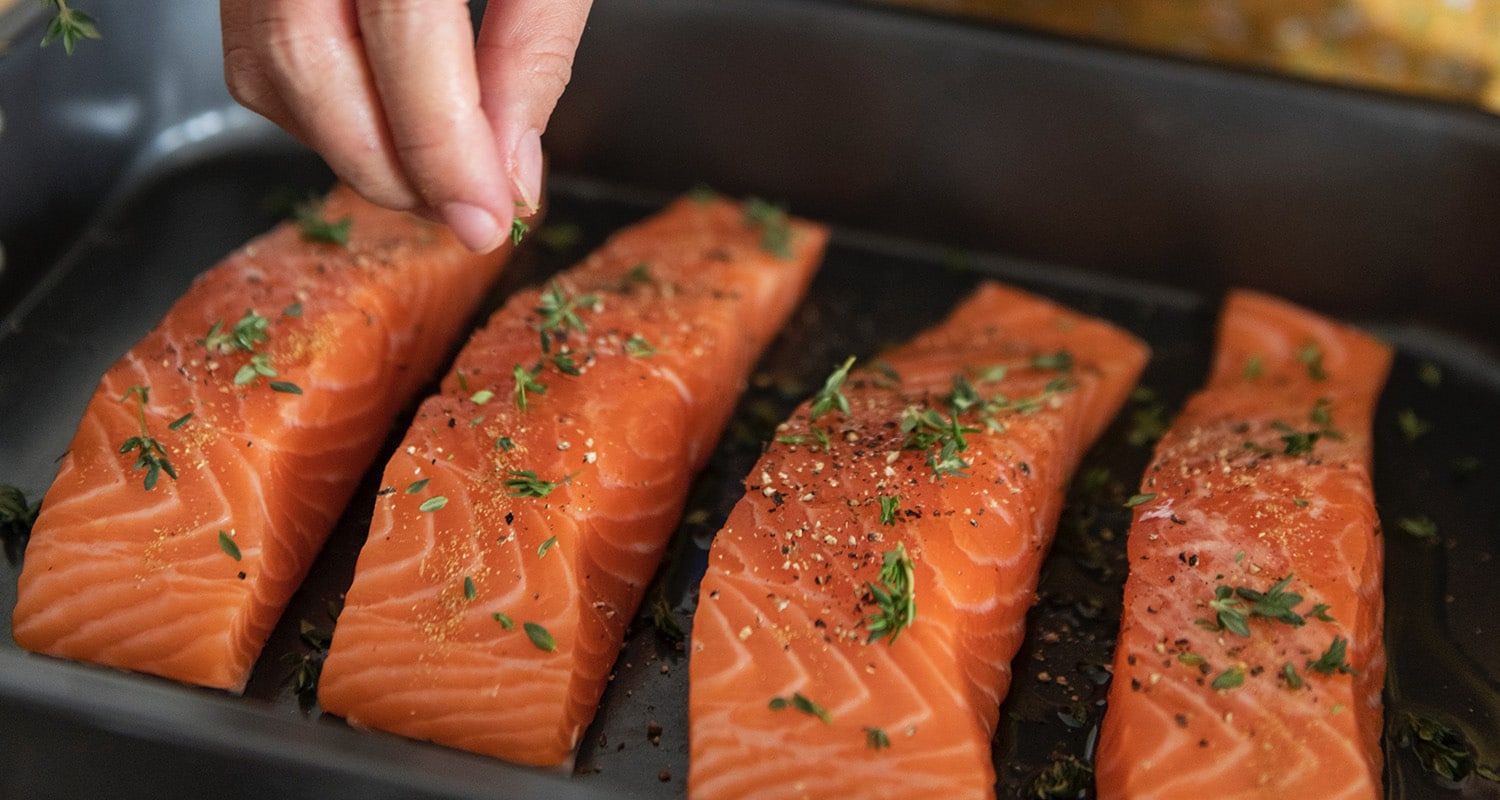 “Wild salmon has a more robust content of vitamins and minerals per calorie compared to farmed fish,” Schmidt says. “The difference in the nutrition breakdown between farmed and wild fish is due to the diet the salmon is fed. Wild salmon eats other organisms found in its natural environment, where farmed fish are fed a higher-fat processed diet to produce larger fish.” Wild salmon tends to pack more calcium, iron, zinc, and potassium than farmed salmon.
“Wild salmon has a more robust content of vitamins and minerals per calorie compared to farmed fish,” Schmidt says. “The difference in the nutrition breakdown between farmed and wild fish is due to the diet the salmon is fed. Wild salmon eats other organisms found in its natural environment, where farmed fish are fed a higher-fat processed diet to produce larger fish.” Wild salmon tends to pack more calcium, iron, zinc, and potassium than farmed salmon.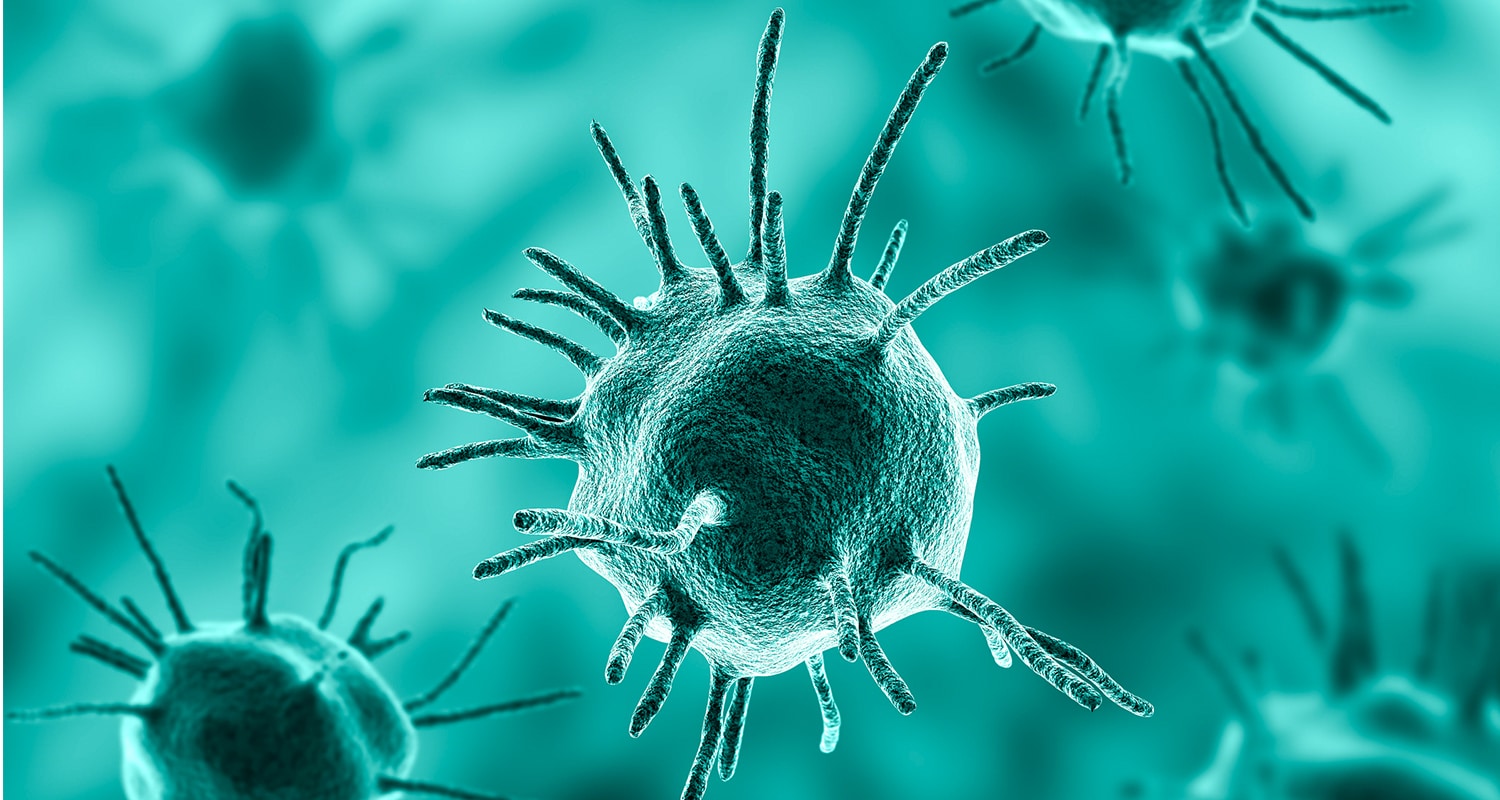 The densely packed nature of a fish farm can breed a lot of nastiness. The more salmon that are packed into the close quarters, the more excrement and uneaten food accumulates, upping the potential for parasites and disease to spread. This is exacerbated by the fact that farms operate in low current areas.[ref url=”http://www.seafoodwatch.org/ocean-issues/aquaculture/pollution-and-disease”][ref url=”https://www.doh.wa.gov/CommunityandEnvironment/Food/Fish/FarmedSalmon”] And of course, disease means more antibiotics are potentially introduced in the mix,[ref url=”https://oceana.org/blog/record-antibiotic-use-concerns-mount-chile%E2%80%99s-salmon-farms-are-brewing-superbugs”] and with that, the risk of giving rise to antibiotic-resistant organisms.[ref url=”https://www.ncbi.nlm.nih.gov/pmc/articles/PMC4406955/”]
The densely packed nature of a fish farm can breed a lot of nastiness. The more salmon that are packed into the close quarters, the more excrement and uneaten food accumulates, upping the potential for parasites and disease to spread. This is exacerbated by the fact that farms operate in low current areas.[ref url=”http://www.seafoodwatch.org/ocean-issues/aquaculture/pollution-and-disease”][ref url=”https://www.doh.wa.gov/CommunityandEnvironment/Food/Fish/FarmedSalmon”] And of course, disease means more antibiotics are potentially introduced in the mix,[ref url=”https://oceana.org/blog/record-antibiotic-use-concerns-mount-chile%E2%80%99s-salmon-farms-are-brewing-superbugs”] and with that, the risk of giving rise to antibiotic-resistant organisms.[ref url=”https://www.ncbi.nlm.nih.gov/pmc/articles/PMC4406955/”]


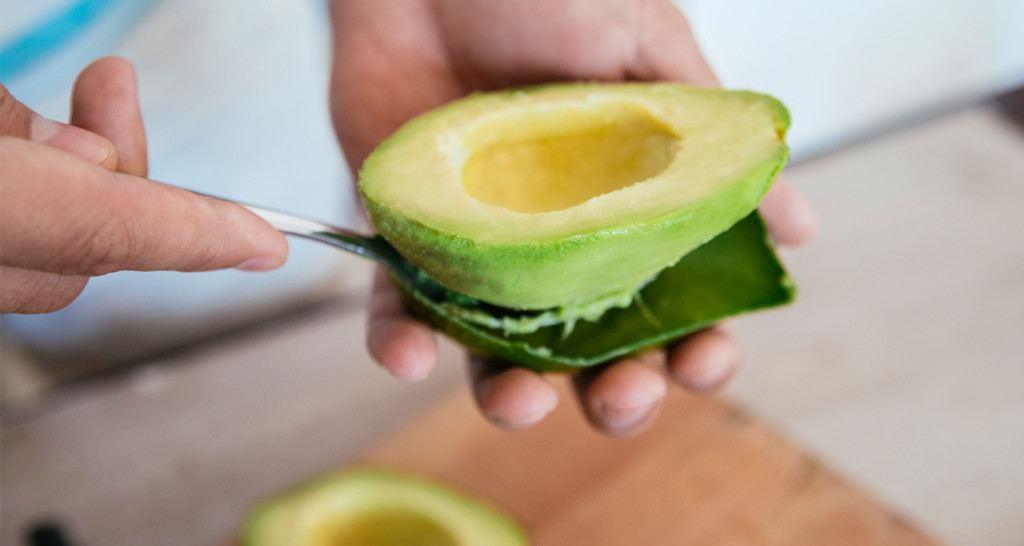
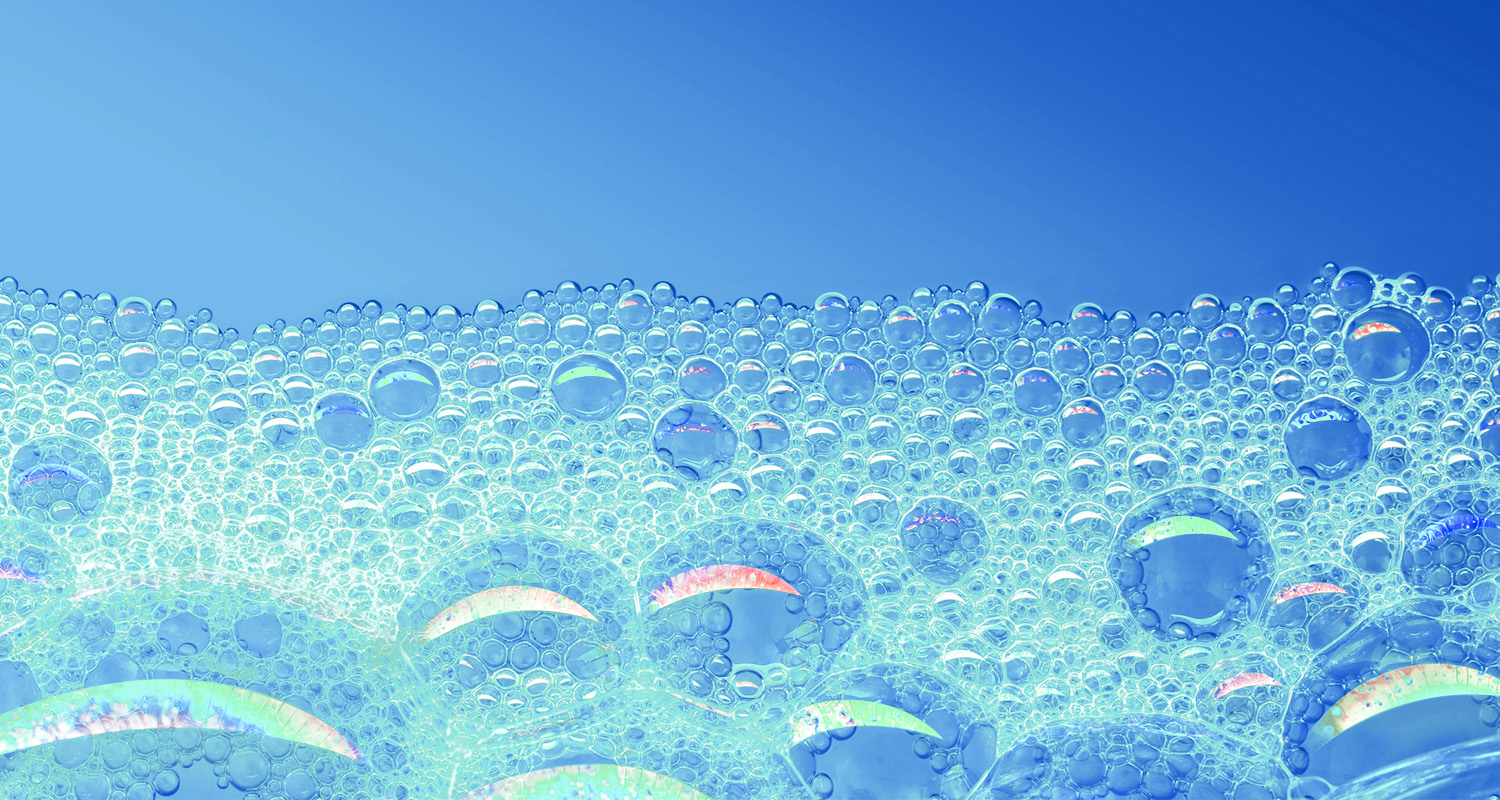 Clean after every use
Clean after every use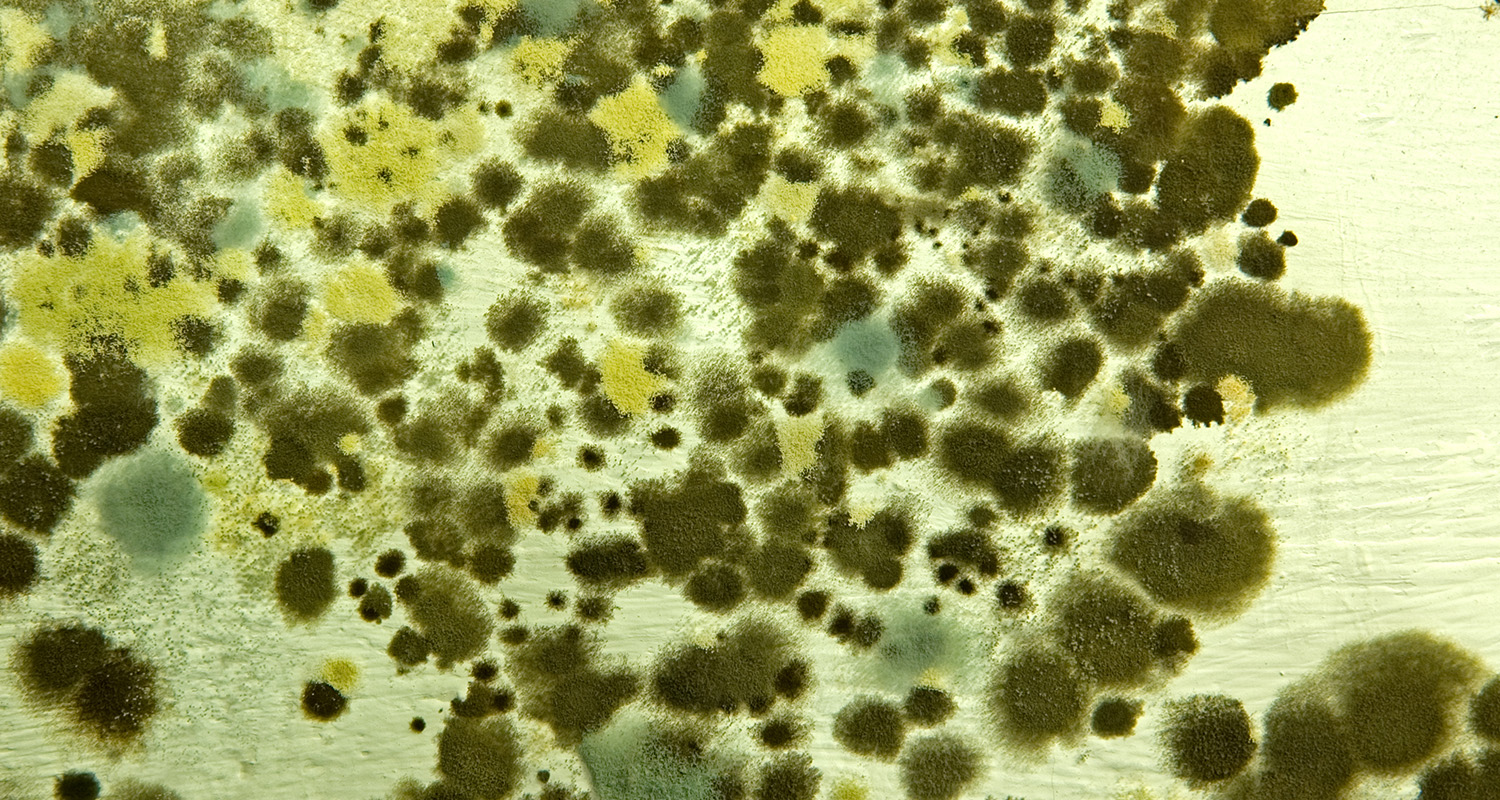 In addition to just being gross to think about, the mold, yeast, and germs that can accumulate in an unwashed coffee maker may have consequences for your health. Though there’s not currently data about the health effects of growth specifically in coffee makers, the types of dirt and mold growing in coffee makers can make people sick, according to Reynolds. If you set up a condition where a biofilm is growing, pathogenic organisms, such as salmonella, E. coli, or other gastrointestinal illness spread by water, can sustain themselves, she says.
In addition to just being gross to think about, the mold, yeast, and germs that can accumulate in an unwashed coffee maker may have consequences for your health. Though there’s not currently data about the health effects of growth specifically in coffee makers, the types of dirt and mold growing in coffee makers can make people sick, according to Reynolds. If you set up a condition where a biofilm is growing, pathogenic organisms, such as salmonella, E. coli, or other gastrointestinal illness spread by water, can sustain themselves, she says.
